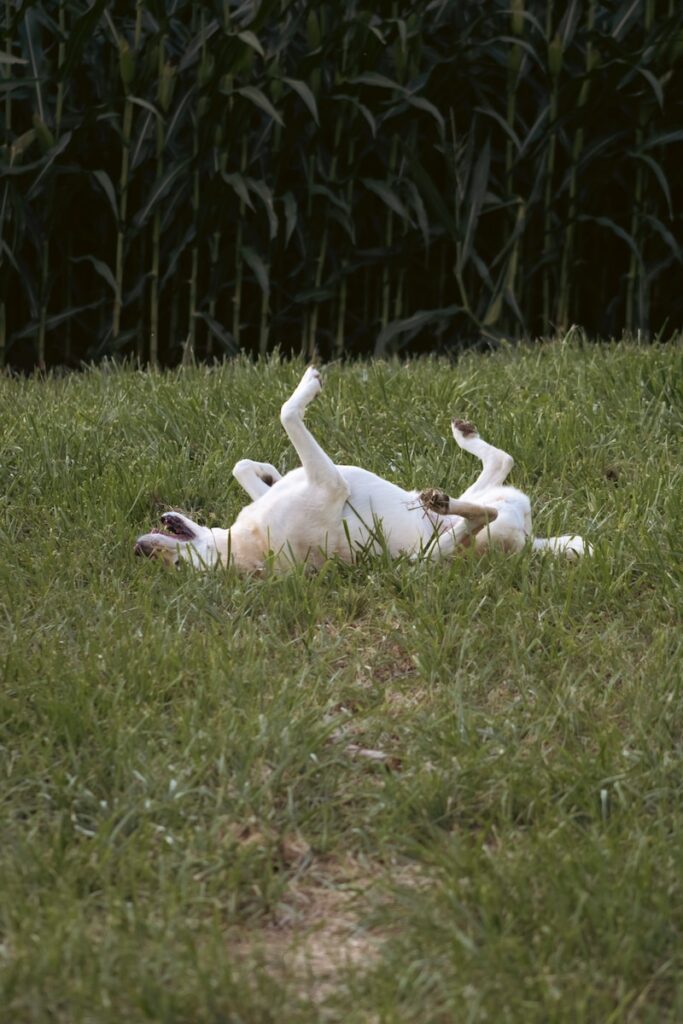Labrador Retrievers are known for their friendly and outgoing nature. They are one of the most popular dog breeds in the United States, and for a good reason. Labs are not only affectionate and loyal companions but are also highly intelligent. To make the most of your Lab’s potential, effective training is essential. In this guide, we’ll walk you through Labrador Retriever training, offering valuable insights and techniques to help you transform your Lab into a well-behaved, happy, and obedient family member.
Understanding Your Labrador: Before diving into training methods, it’s essential to understand the Labrador Retriever’s unique traits. Labs are incredibly intelligent dogs, ranking among the top breeds in terms of brainpower. This means they can learn a wide range of commands and tasks, making them versatile for various activities. Additionally, Labs are social and friendly, often displaying a desire to please their owners, which is a significant advantage in training.
By the way – if you’re looking for a comprehensive dog training program to dive into the fundamentals of dog training, I highly recommend Adrienne Farricelli’s “Brain Training For Dogs” program.

Key Training Techniques:
Start Early:
The first rule in Labrador Retriever training is to start as early as possible. Puppies are like sponges, ready to soak up information. Begin with basic commands like sit, stay, and come. Positive reinforcement is crucial at this stage – reward your puppy with treats and praise when they obey.
Plan on a Long Adolescence:
One of the endearing qualities of Labrador Retrievers is their enduring puppy-like spirit, which persists well into adulthood. While this characteristic is charming, it also means that their energy and potential for mischief remain active as they mature. Therefore, having effective behavior management strategies in place is crucial.

Consistency is Key:
Labs thrive on routine and consistency. Use the same commands and hand signals every time you ask them to do something. Consistency helps reinforce their learning and makes it easier for them to understand what’s expected.
Use Positive Reinforcement Training:
Labrador Retrievers’ eagerness to learn, playfulness, and affectionate nature, coupled with their love for treats, make them ideal candidates for positive reinforcement training. Reward their positive behavior with small treats, playtime, or quality cuddle moments. You’ll soon find your Lab offering desirable behaviors with minimal prompting.
While using treats in training, remember that Labs can be prone to weight gain. Opt for the smallest treats possible and adjust their regular food intake or exercise to account for the additional treats.
While using treats in training, remember that Labs can be prone to weight gain. Opt for the smallest treats possible and adjust their regular food intake or exercise to account for the additional treats.
Socialization:
Labrador Retrievers are born people-pleasers. During the early months of your Lab puppy’s life, introduce them to a wide array of people and places. Ensure each encounter is positive and cheerful, reinforcing your Lab’s natural friendliness and welcoming nature. It’s essential to establish a foundation of friendliness, not only towards humans but also towards fellow furry family members. While Labs are typically patient and tolerant, clear boundaries and rules ensure harmony, particularly when children are involved.
Labs are incredibly sociable, but proper socialization is still crucial. Expose your Lab to various people, animals, and environments to ensure they are well-adjusted and friendly. Socialization helps prevent fear or aggression issues in the future.

Exercise, Exercise, Exercise:
Labrador Retrievers are high-energy dogs, making them ideal for active families. However, if not given sufficient exercise, they can become bored, leading to undesirable behaviors like barking, chewing, and digging. Due to their size and activity level, Labs are less suited for apartment living.
To keep your Lab content and well-behaved, aim for at least an hour of exercise daily. Engaging in activities like long walks or a game of fetch aligns perfectly with their energetic nature.

Training Tools:
Consider using training aids like clickers to mark good behavior or a training collar if your Lab tends to pull on a leash. These tools can enhance the training experience.
Professional Training:
Labs have a natural love for learning. Leverage their innate trainability by commencing an obedience program as soon as your Labrador Retriever joins your family. You can work on basic commands independently or consider enrolling in a dog obedience class led by a local trainer. These classes provide the dual benefit of training and socialization, as Labs thrive on both.
Given their tendency to pull on leashes, prioritize teaching your Lab to walk on a loose leash. Essential commands like “come,” “drop it,” and “fetch” are particularly valuable, capitalizing on their natural retrieval instincts.

If you’re struggling with training or have specific needs for your Lab, consider enrolling in a dog training class. Professional trainers can provide valuable guidance and address any challenges you’re facing.
Common Training Challenges: Labrador Retriever training isn’t without its challenges. Common issues include jumping on people, excessive barking, and pulling on the leash. To address these problems effectively, it’s crucial to understand their underlying causes and apply the right training techniques. For example, jumping might stem from excitement, so teaching the “off” command and rewarding calm behavior is a solution.
Training Labs to Fetch:
One of the most distinctive characteristics of Labrador Retrievers is their love for fetching. Labs were initially bred to assist fishermen, so their retrieving instinct is deeply ingrained. Teaching them to fetch is a rewarding process that strengthens the bond between you and your furry friend.
- Start Small: Begin by introducing a soft toy or ball to your Lab. Encourage them to pick it up using a playful tone. Praise them when they do.
- Practice Retrieving: Once your Lab understands the concept, increase the distance. Throw the toy a short distance and encourage your Lab to bring it back. Again, reward them with treats and praise.
- Add Challenges: As your Lab gets better at fetching, make the game more challenging. Increase the distance, introduce obstacles, or use different toys to keep it interesting.
- Combine with Commands: You can incorporate fetching into your Lab’s training routine. Ask them to sit or stay before you throw the toy. This teaches them to respond to commands even when excited.

Labrador Retriever training can be a delightful journey with the right techniques and a positive attitude. With their intelligence and eagerness to please, Labs excel in various dog sports and activities. Whether you want a well-behaved family pet, an agile competition partner, or a faithful hunting companion, your Lab can rise to the occasion with proper training. Start early, be consistent, and use positive reinforcement to unlock your Lab’s full potential, and you’ll enjoy a loving, obedient, and happy four-legged friend for years to come.
Read more about Labrador training, such as behavioral challenges and solutions on our related post here.


